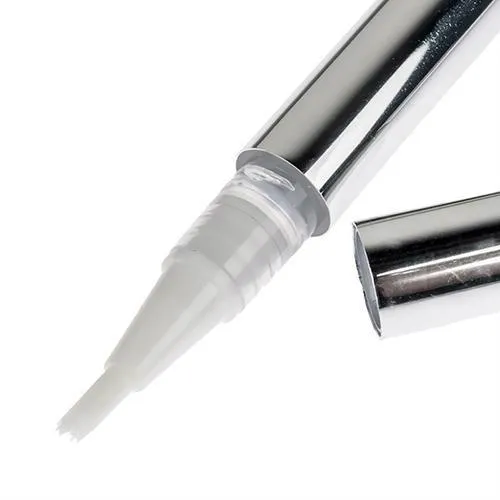What is a Flawless Teeth Whitening Pen
A flawless teeth whitening pen is a convenient and portable dental product designed to brighten your smile. These pens typically contain a bleaching agent, such as hydrogen peroxide or carbamide peroxide, which helps to remove stains and discoloration from the enamel of your teeth. The pen format makes it easy to apply the whitening solution directly to the teeth, offering a targeted and often more controlled approach compared to other methods. They are popular due to their ease of use and affordability, making them a great option for those looking for an at-home whitening solution. The pens are often small, making them ideal for travel or quick touch-ups throughout the day, ensuring your smile stays bright and confident.
Understanding the Ingredients
Understanding the ingredients in a teeth whitening pen is crucial for both effectiveness and safety. The active ingredient is generally a form of peroxide, which acts as a bleaching agent to break down stains. Other ingredients are added to the solution to improve the efficacy and safety of the product. It is essential to be aware of what you are putting in your mouth and how it interacts with your teeth. This understanding helps you to choose a product that works for you and minimize the risk of side effects such as sensitivity or gum irritation.
Hydrogen Peroxide
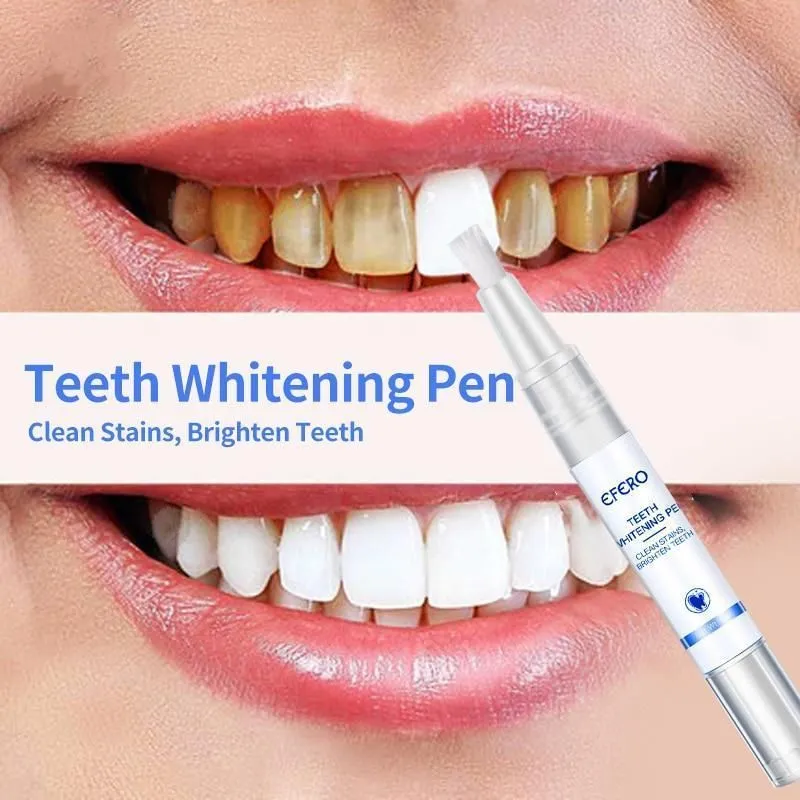
Hydrogen peroxide is a common and effective bleaching agent used in teeth whitening pens. It is a powerful oxidizing agent that penetrates the enamel and breaks down the stain molecules, leading to a brighter smile. The concentration of hydrogen peroxide in a pen can vary, with higher concentrations generally yielding faster results but also potentially increasing the risk of sensitivity. When using a product containing hydrogen peroxide, it’s important to follow the instructions carefully to avoid overuse and any potential adverse effects. This ingredient is a primary factor in the whitening process.
Carbamide Peroxide
Carbamide peroxide is another common ingredient in teeth whitening pens. It breaks down into hydrogen peroxide when it comes into contact with water. This slow release of hydrogen peroxide can provide a gentler whitening experience compared to products with higher concentrations of hydrogen peroxide alone. This gentler approach makes it a suitable option for those with sensitive teeth. The effectiveness is quite similar, although the pace of whitening might be slightly slower. Understanding the difference between the two can assist you in selecting the most suitable product for your individual needs and sensitivity levels.
Other Common Ingredients
In addition to the primary bleaching agents, teeth whitening pens also contain other ingredients to improve the product’s efficacy, safety, and user experience. These might include glycerin, to help retain moisture and prevent the gel from drying out, and flavoring agents, such as mint, to make the product more palatable. Some pens also include desensitizing agents like potassium nitrate to reduce tooth sensitivity. Furthermore, there could be stabilizers to maintain the effectiveness of the peroxide and binding agents to make sure the gel adheres to the tooth surface. These additional ingredients are crucial for overall effectiveness.
How to Choose the Right Pen
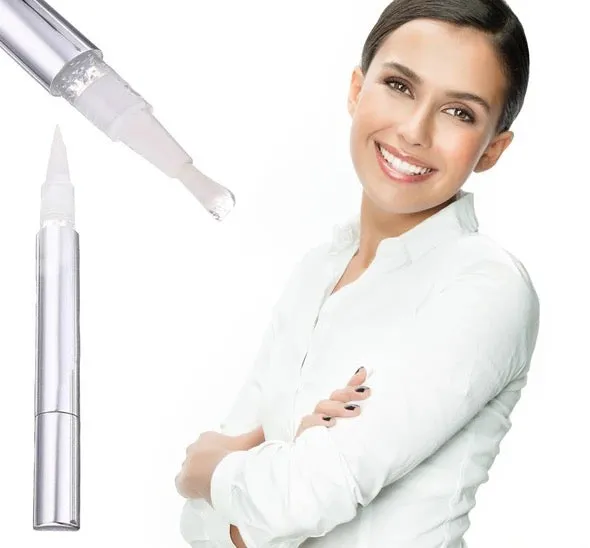
Choosing the right teeth whitening pen is a crucial step towards achieving a brighter smile safely and effectively. The ideal pen should address your specific needs and dental condition. Consider factors such as your current tooth sensitivity, the level of whitening you desire, and the type of stains you want to remove. Take time to research the brand, read reviews, and compare different products. It is also wise to consult with your dentist before starting any teeth whitening regimen, as they can give you personalized recommendations based on your oral health.
Understanding the Concentration
The concentration of the bleaching agent in a teeth whitening pen directly impacts its effectiveness and potential side effects. Higher concentrations of hydrogen peroxide or carbamide peroxide often lead to quicker whitening results, but they also increase the likelihood of tooth sensitivity and gum irritation. Lower concentrations might require more applications or a longer period to achieve the desired results. It’s essential to carefully review the product’s instructions and start with a lower concentration if you have sensitive teeth. Many pens will provide this information on the packaging, but it is important to be certain.
Read Reviews
Before purchasing a teeth whitening pen, read reviews from other users to gain insights into its effectiveness, ease of use, and any potential side effects. Customer reviews can provide valuable real-world experiences, helping you determine if the product is suitable for your needs. Pay attention to the experiences of users with similar dental conditions or sensitivities. Look for reviews that mention the longevity of results and the overall satisfaction with the product. Reading both positive and negative reviews will help you make a more informed decision.
Check for Sensitivity
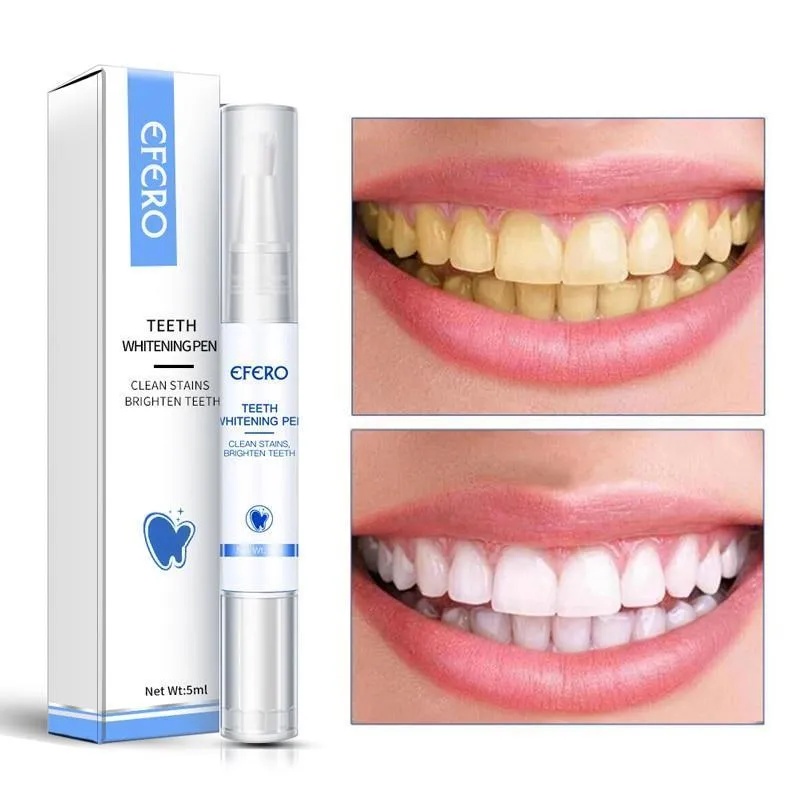
If you have sensitive teeth, choose a teeth whitening pen specifically designed for sensitive teeth. These pens typically use lower concentrations of bleaching agents or contain desensitizing agents to minimize discomfort. Look for products that are formulated to reduce sensitivity and offer gentle whitening. If you are unsure, it is important to consult your dentist before beginning. This ensures that you are selecting a product that is appropriate for your needs.
Step-by-Step Guide to Using the Pen
Using a teeth whitening pen correctly is crucial for achieving optimal results and minimizing potential side effects. Following a step-by-step guide ensures that you’re applying the product safely and effectively. Understanding the process will help you make the best of your teeth whitening pen and improve your smile. The key steps involve preparing your teeth, applying the gel, waiting for the appropriate amount of time, and following up with aftercare. Always follow the manufacturer’s instructions on the pen.
Preparing Your Teeth
Before applying a teeth whitening pen, preparing your teeth is an important first step. Brush your teeth gently with a soft-bristled toothbrush to remove any surface debris or plaque. Avoid using toothpaste containing abrasive ingredients. You can also floss your teeth to remove any food particles that might interfere with the whitening process. It is crucial that your teeth are clean and dry. These simple steps ensure that the whitening gel can effectively reach your teeth’s surface.
Applying the Whitening Gel

After preparing your teeth, apply the whitening gel from the pen. Remove the cap and twist the bottom of the pen to dispense the gel. Apply a thin layer of the gel directly to the surface of each tooth, focusing on the areas you wish to whiten. Avoid applying the gel to your gums, as this can cause irritation. Ensure that the entire surface of your teeth is covered. The exact method may differ, so make sure to follow the directions given by the manufacturer.
Waiting Time
Once you have applied the whitening gel, it’s important to allow it to sit on your teeth for the recommended time. This waiting period varies depending on the product, so carefully follow the instructions on the package. Avoid eating or drinking during this time, as this can dilute the gel and reduce its effectiveness. Keep your mouth slightly open to prevent the gel from getting onto your lips or gums. The recommended duration is critical to achieving the desired whitening effect.
Aftercare Routine
After the recommended waiting time, it’s essential to rinse your mouth with water to remove any remaining gel. Avoid brushing your teeth immediately after whitening, as your enamel may be temporarily more porous. Follow up with your regular oral hygiene routine, including brushing and flossing. If you experience any sensitivity, you can use a desensitizing toothpaste. Following the recommended aftercare routine enhances the results of your whitening treatment and safeguards your oral health.
Cleaning Your Teeth
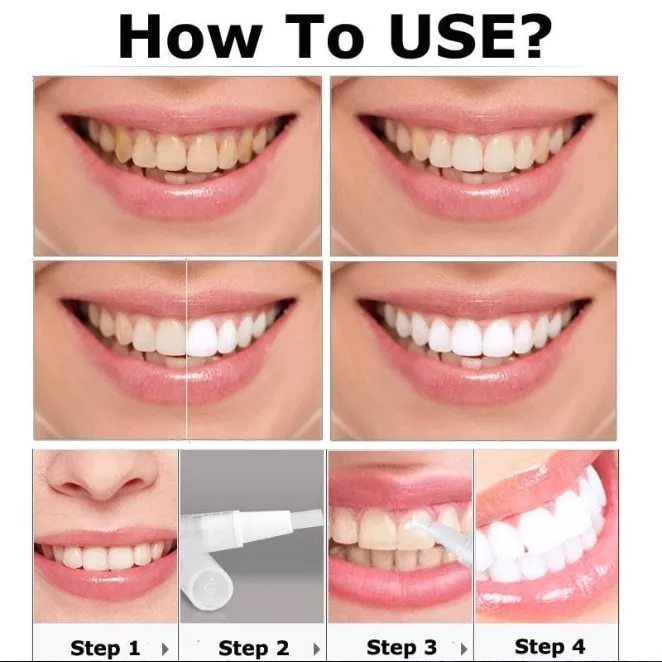
Regular cleaning of your teeth is essential for maintaining a bright and healthy smile. Brushing your teeth twice a day with fluoride toothpaste is the foundation of good oral hygiene. Flossing daily removes plaque and food particles from between your teeth and along the gumline, areas that brushing often misses. Regular dental checkups and professional cleanings are also crucial, as your dentist can remove any plaque or tartar buildup and identify potential issues early on. A comprehensive cleaning routine ensures your teeth stay clean, healthy, and bright.
Maintaining Results
After achieving a brighter smile with a teeth whitening pen, it’s important to maintain the results. Avoiding foods and drinks that can stain your teeth, such as coffee, tea, red wine, and berries, is a key step. Practicing good oral hygiene, including regular brushing and flossing, will also help. Regular dental checkups and professional cleanings can remove surface stains and keep your teeth healthy. Following a proper maintenance plan will help you prolong your brighter, whiter smile.
Avoiding Staining Foods
Certain foods and drinks are notorious for staining teeth and can quickly diminish the results of teeth whitening. Coffee, tea, red wine, and dark-colored sodas contain pigments that can easily adhere to tooth enamel, leading to discoloration. Berries, such as blueberries and raspberries, also have strong pigments that can cause stains. When maintaining a white smile, it’s important to limit your consumption of these staining foods. If you do consume them, consider rinsing your mouth with water immediately afterward or brushing your teeth to help minimize staining.
Regular Dental Checkups
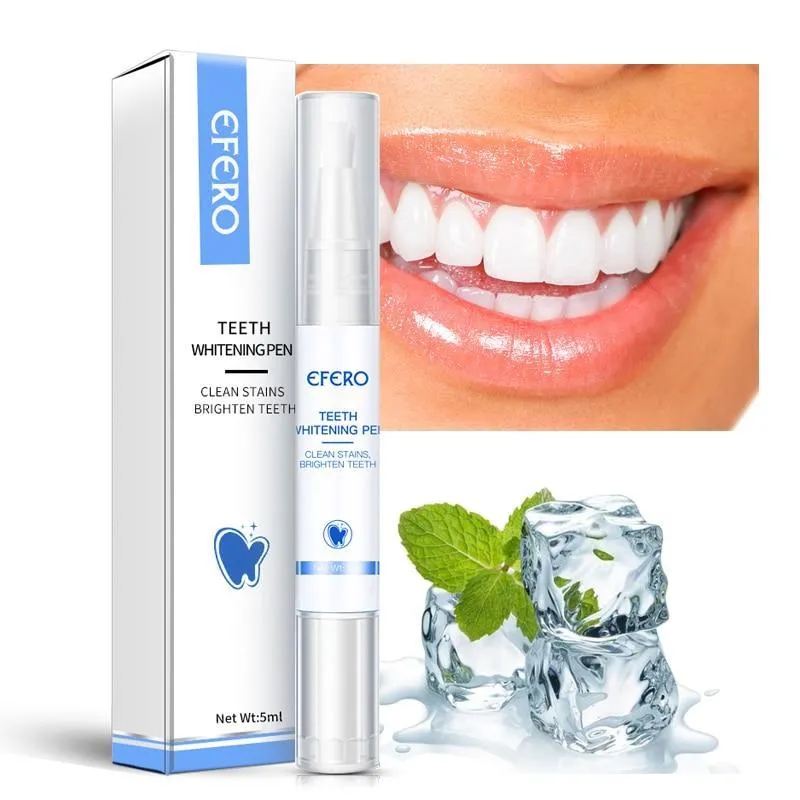
Regular dental checkups are crucial for maintaining a bright and healthy smile. During these visits, your dentist will examine your teeth and gums for any signs of decay, gum disease, or other oral health issues. They will also professionally clean your teeth, removing any plaque and tartar buildup. Professional cleanings can also help to remove surface stains, keeping your teeth looking their best. Regular checkups allow your dentist to address problems early, preventing them from worsening and ensuring that your smile remains bright and healthy. These checkups are essential in any dental care plan.
Common Mistakes to Avoid
When using a teeth whitening pen, it is important to avoid common mistakes that can lead to poor results or potential side effects. Over-application of the gel can increase the risk of sensitivity and gum irritation. Ignoring sensitivity or continuing to use the product despite discomfort can cause further problems. Another mistake is failing to follow the instructions, which can affect the effectiveness of the treatment. Proper usage is essential for safe and effective whitening. Being aware of and avoiding common mistakes will help you achieve the best possible results while protecting your oral health.
Over-application
Over-application of teeth whitening gel can lead to several undesirable consequences. Applying too much gel or using the pen more frequently than recommended can increase the risk of tooth sensitivity and gum irritation. Excess gel can also lead to uneven whitening and a less natural-looking result. It’s crucial to follow the instructions carefully and use the recommended amount of gel to avoid these issues. Patience and consistency are key to achieving a brighter smile safely and effectively.
Ignoring Sensitivity
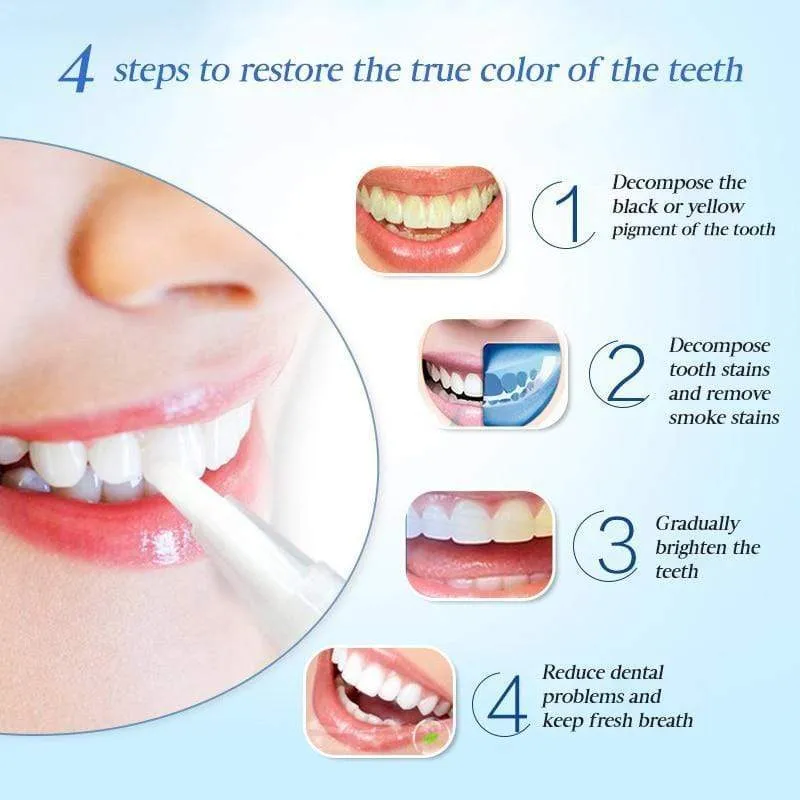
Ignoring tooth sensitivity during a teeth whitening treatment can potentially lead to more serious dental problems. Sensitivity is a common side effect of teeth whitening, but if it becomes severe or prolonged, it can indicate that the enamel is being compromised. Continuing to use the pen despite significant sensitivity can cause further damage and discomfort. If you experience sensitivity, it is important to reduce the frequency of use, switch to a product with a lower concentration of bleaching agent, or consult your dentist for advice. Prioritizing your comfort and oral health is key.
Potential Side Effects
Teeth whitening pens, while generally safe, can sometimes cause side effects. Being aware of potential side effects allows you to make an informed decision about whether the product is right for you. Tooth sensitivity and gum irritation are the most commonly reported side effects. These are typically mild and temporary, but they can be uncomfortable. If you experience any of these side effects, it is important to take steps to manage them, such as reducing the frequency of use or consulting with your dentist. Understanding the potential risks will help you have a safe and successful whitening experience.
Tooth Sensitivity
Tooth sensitivity is a common side effect of teeth whitening. The bleaching agents in the pens can temporarily make your teeth more sensitive to temperature changes or pressure. This sensitivity can range from mild to moderate and usually subsides within a few days of stopping the whitening treatment. If you experience sensitivity, you can try using a desensitizing toothpaste, reducing the frequency of use, or consulting with your dentist. Understanding and managing tooth sensitivity helps you to continue the teeth whitening treatment safely.
Gum Irritation
Gum irritation is another potential side effect of teeth whitening. The bleaching agents can sometimes irritate the soft tissues of the gums, leading to redness, swelling, and discomfort. This irritation can occur if the gel comes into contact with the gums during application. To minimize the risk, it is crucial to avoid applying the gel directly to your gums and to follow the instructions carefully. If you experience gum irritation, you can rinse your mouth with water and avoid the use of the pen until your gums have healed. If irritation persists, consult your dentist for advice.
Comparing Teeth Whitening Pens
Teeth whitening pens are just one of the many available whitening methods. There are other options to compare before deciding which is the best fit for you and your smile. Comparing the benefits and drawbacks of different whitening methods will help you make an informed decision that aligns with your specific needs and goals. Each method has unique characteristics in terms of convenience, effectiveness, cost, and potential side effects. Knowing the differences helps you select the best approach for your whitening goals.
Pens vs Strips
Teeth whitening pens and strips offer different approaches to at-home whitening. Pens are convenient and portable, allowing for targeted application. Strips, on the other hand, are pre-coated with whitening gel and are designed to fit over your teeth. Strips typically cover a larger surface area, making them useful for whitening multiple teeth simultaneously. Pens can be more precise, but strips might be easier to use for some. The choice between the two depends on your personal preference, the desired level of whitening, and the ease of use. Both methods are affordable and accessible. Ultimately, deciding between these methods involves evaluating your priorities.
Pens vs Trays
Teeth whitening pens also offer a comparison to whitening trays. Trays, often custom-fitted by a dentist, hold a whitening gel in close contact with your teeth. This method can provide more even whitening compared to pens. Trays are generally more effective. However, trays require professional involvement. Pens provide greater convenience and accessibility. Consider your desired level of whitening, budget, and time commitment when making a choice. Pens are easier to use, and trays can provide more comprehensive results. Evaluate your goals and make the best decision.
Maximizing Results
To maximize the results of your teeth whitening pen, you can take several steps. First, ensure that you select a high-quality product and follow the instructions carefully. Consistency is key, so apply the gel as directed and adhere to the recommended waiting time. Avoid consuming foods and drinks that stain your teeth. Regularly brushing and flossing, and scheduling dental checkups, are also important for maintaining a bright smile. By following these tips, you can achieve and maintain the best possible results from your teeth whitening pen.
